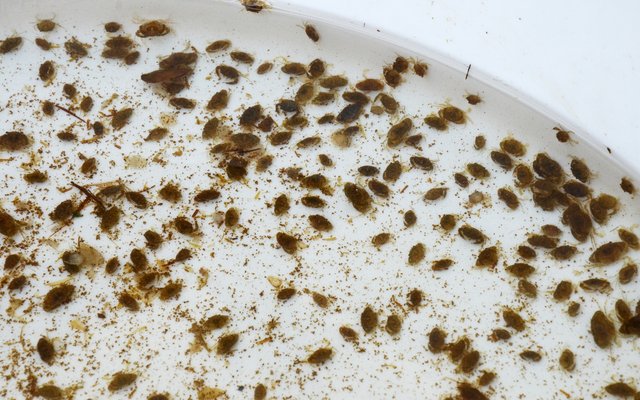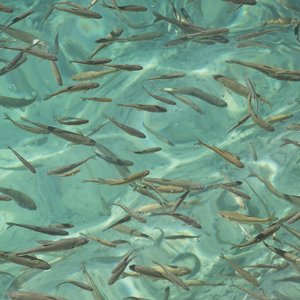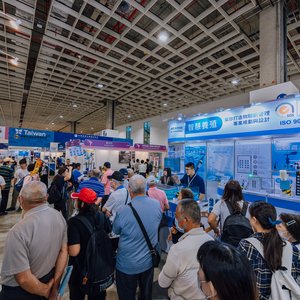Mangrove crabs, Scylla serrata, are one of the crustaceans raised in the Philippines. Crablets are usually collected from the wild and the increasing market demand has threatened their natural population with crablets becoming more difficult to find.
“Overfishing has pushed the local government of areas heavily exploited for crablets such as Catanduanes, Surigao and Samar. They have implemented strict prohibitions in the collection of wild crablets,” said Joana Joy Huervana, associate researcher at SEAFDEC/AQD and leader of the mangrove crab team. Restrictions on wild collections in the Philippines led to the rise in demand for hatchery-bred crablets. Unfortunately, crab hatcheries suffer from very low survival rates caused by disease and cannibalism.
However, Huervana recently revealed that simple tweaks in protocols at the SEAFDEC/AQD hatchery have led to a significant boost in their crablet production, with survival increasing twofold. By feeding the crabs more frequently and providing cleaner water in the tanks, Huervana reported that they were able to increase the average survival rate from zoea (newly-hatched larvae) stage to crablet from an average of 1% in 2017 to 2% in 2019.
Two percent might seem low to those unfamiliar with the hatchery business, but Huervana said that crabs produce an average of 3 million larvae which translates to 60,000 crablets per spawner. She further disclosed that SEAFDEC sells crablets, as a byproduct of research, at US $0.10 per piece but wild crablets sold by traders in the Philippines reach as much as US $0.24 to US $0.30 per piece.
The simple tweaks helped them achieve the higher survival rate from zoea to crablet, reaching as much as 10% sometime last year, which contributed to the hatchery’s production of over 650,000 pieces of crablets for 2019.
“Feeding frequency was increased from four to six times a day with an interval of four hours,” Huervana shared, which is “based on the crabs’ biomass at 100% feeding rate.” She said the intervention worked because cannibalism among the crabs is more prominent starting in the megalopa stage (intermediate larval phase), therefore increasing the available feeds, together with providing additional shelters in the larval tanks, increased the survival.
“As for the water replacement, the interval was shortened from five to four days. Siphoning of tank bottoms to remove dead larvae, microalgae and feeds is done every three days to further improve water quality. Also, monitoring of water parameters was consistently conducted,” Huervana added.
She added that further improvements are still being done in the SEAFDEC/AQD hatchery, not only to cope with the industry’s demand for crablets, but also to improve the science behind the technology of mangrove crab hatchery.













